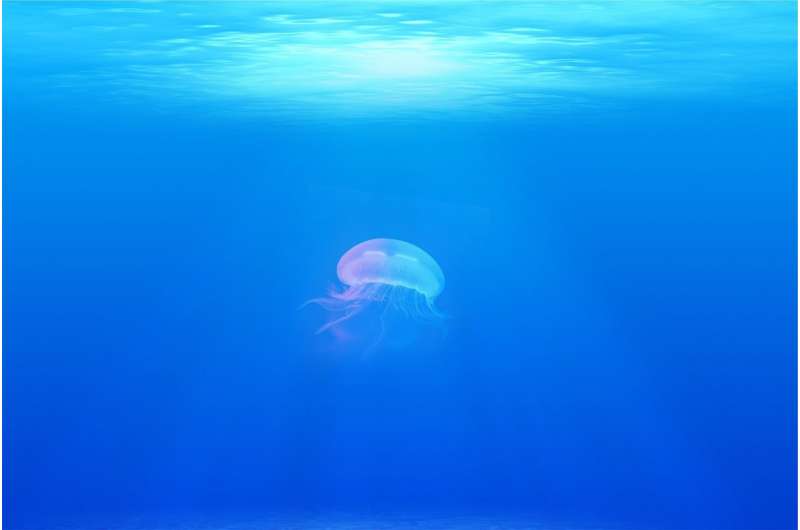Quantifying global ocean inhomogeneity and exploring its evolution in climate change

The ocean is intrinsically inhomogeneous in temperature and salinity. This inhomogeneity fundamentally influences physical and biogeochemical processes of oceans, causing mixing of water masses, and shaping three-dimensional geostrophic circulations. The ocean inhomogeneity ultimately determines marine biodistribution, ecosystem structure and functioning, and marine biodiversity.
Recently, a research team led by Prof. Wang Fan from the Institute of Oceanology of the Chinese Academy of Sciences (IOCAS) and Prof. Young-Oh Kwon from Woods Hole Oceanographic Institution quantified the global ocean inhomogeneity and explored how it has evolved in a changing climate.
The study was published in Geophysical Research Letters on Jun 23.
Computing three-dimensional volume-weighted spatial standard deviation (SSD) maps of temperature and salinity (SSDT and SSDS) using multiple datasets and climate model simulations show a consensus on the increased global ocean inhomogeneity over the past half-century.
During 1960-2010, the global SSDT and SSDS in 0-2000 m increased by 1.4 ± 0.1%, and 1.5 ± 0.1% relative to 1960-1980 average, respectively. A newly defined thermohaline inhomogeneity (THI) index, a holistic measure of both temperature and salinity changes, has increased by 2.4 ± 0.1%. Climate model simulations suggest that the observed ocean inhomogeneity increase is dominated by anthropogenic forcing and projected to accelerate by 200%-300% during 2015-2100.
Furthermore, the regional contributions to global ocean inhomogeneity change suggest that global inhomogeneity increase largely results from the amplification of the corresponding climatological contrast patterns. "The rapid upper-ocean warming over mid-to-low latitude dominates the global SSDT increase, while the amplification of the salinity pattern, primarily in the subtropical Atlantic, causes increasing SSDS," said Ren Qiuping, first author of the study.
"Our quantifications of ocean inhomogeneity provide a novel perspective for understanding the ongoing climate change in oceans. The increase in ocean inhomogeneity implies that ocean hydrological structures are modulated to a new and more diverse equilibrium, which poses important enlightenment for future climate prediction, marine ecological environment and biodiversity," said Prof. Wang.
More information: Qiuping Ren et al, Increasing Inhomogeneity of the Global Oceans, Geophysical Research Letters (2022). DOI: 10.1029/2021GL097598
Journal information: Geophysical Research Letters
Provided by Chinese Academy of Sciences



















